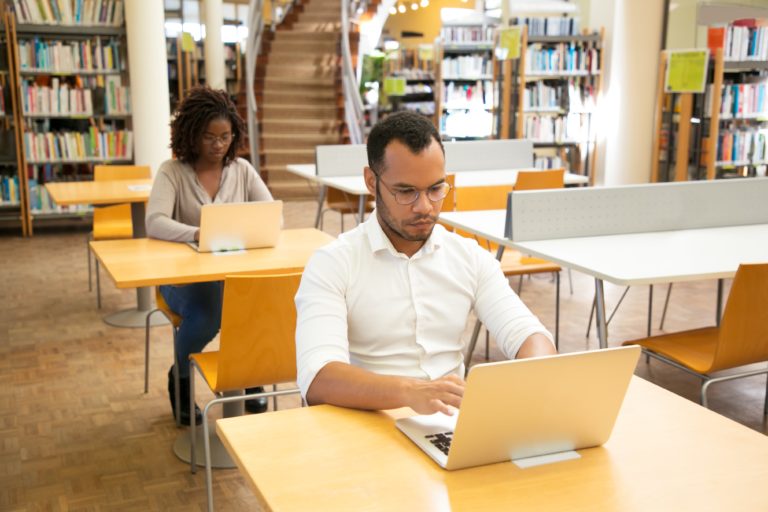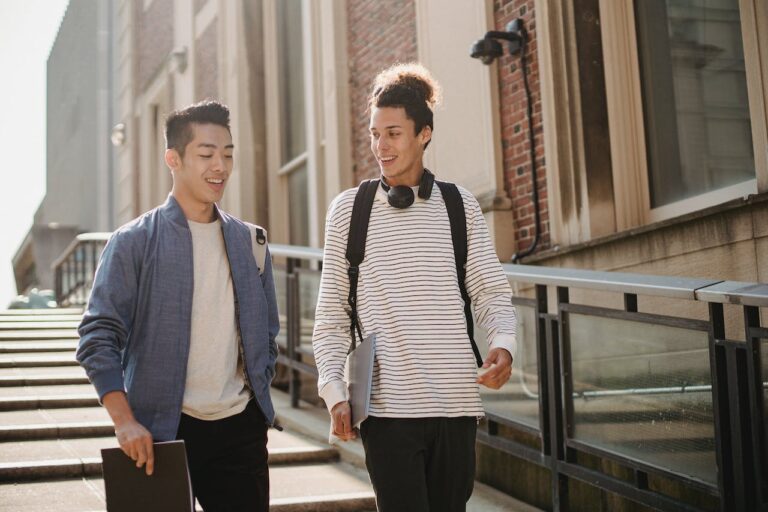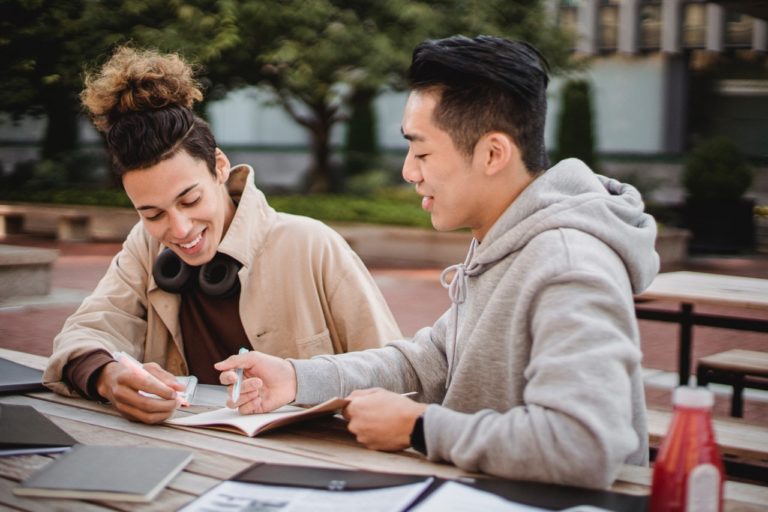5 Advantages of Collaborative Learning
Collaborative learning is a new approach that encourages teaching students in groups and teams. It fosters a powerful team-building spirit and inculcates a sense of responsibility amongst students. Student-owned learning experiences are much more useful than traditional teaching methods. Educators firmly believe that socially rich, contextual, and engaging teaching methods allow deeper learning by keeping students immersed.
How does collaborative learning benefit students? In the professional realm, we work as part of teams and groups allocated to relevant departments and projects. Peer learning experiences and collaborations help students to become productive and reliable team players. This learning approach allows students to harness their leadership, management, communication, and cognitive skills.
Keep reading to explore the advantages of collaborative learning in more detail.
Cultivating Problem-Solving Skills
Collaborative approaches give birth to a student-owned learning process. Students actively work together to solve challenges and find answers. Working in groups allows students to respect diverse perspectives and benefit from collective intelligence and strategizing. Collaborative tasks require students to work in a group, undertake discussions and find solutions.
Naturally, this educational approach helps students and aspiring professionals enhance their problem-solving skills tremendously. Besides learning from the syllabus, instructor, and curriculum, students also learn from their peers. Discussion sessions allow students to explore different perspectives and viewpoints shared by other group members. It helps young minds reevaluate their views and draw insightful conclusions.
Interestingly, collaborative learning holds tremendous significance in graduate studies and professional training. For instance, social workers pursuing graduate programs are encouraged to work in groups and collaborate on community or clinical projects. Students who pursue an accredited online MSW enjoy collaboration and peer connections, just like students in traditional classrooms. Collaborative learning prepares social workers for fieldwork by enhancing their communication and collaboration skills.
Developing Critical Thinking & Reasoning Skills
Collaborative learning emphasizes the development of critical thinking and analytical reasoning skills across students. You see, a collective educational experience requires students to process and transmit information actively. Students get more involved in the process when they take responsibility for their learning.
It allows teachers to expand their capacity to learn and absorb information. Instead of holding students against one another in a fierce competition, collaborative learning creates a nurturing environment. It allows students to develop meaningful and impactful learning experiences actively. Students work on joint projects, which introduce them to existing problems and inspire them to work collectively to discover solutions.
Collaborative learning allows students to process, present and communicate their opinions, ideas and thoughts by conducting discussions. It helps students develop confidence in their intuitions and reasoning abilities, thereby nurturing their critical thinking abilities.
Embracing Diversity & Social Interactions
Many young professionals fail to perform in organizations and departments due to social anxiety and lack of exposure. Students who are not actively encouraged to embrace diversity struggle to enjoy colleague camaraderie and collaborations in their workplaces. Collaborative learning enhances social interactions and communications by helping students embrace and respect diversity.
For instance, the Jigsaw technique, a popular collaborative learning method, breaks a task into several subtasks. Using the Jigsaw technique, students rely on each group member to complete their subtasks to complete the entire activity. It fosters collaboration and social interactions and inculcates a powerful sense of responsibility.
Students learn to trust and rely on their peers and appreciate the diversity of knowledge and intellect. Each group member contributes to the group’s overall success, allowing their skills and talents to shine. Professionals who struggle to work with peers in joint ventures and projects find it difficult to enjoy professional success. They also struggle to find social support and establish meaningful relationships at work.
Developing Self-Management & Accountability Skills
Self-management and accountability are crucial skills to help students and young professionals amass success and build lucrative careers. Collaborative learning creates a sense of responsibility and accountability because students are relying on one another. This teaching approach helps students make well-informed and strategic decisions.
In groups, students work together to break down challenges and identify solutions through discussions and joint efforts. This approach also requires students to manage their responsibilities effectively and prepare themselves for each group session. When the entire group’s progress depends on collective results, students hold themselves accountable with greater scrutiny.
Students are more likely to meet deadlines, put in the effort, and manage their responsibilities more efficiently. It helps students develop self-management skills that reflect their professional interactions with colleagues, managers, and clients.
Improving Communication Skills
Communication skills are instrumental in retaining, processing, and utilizing information. Collaborative teaching approaches help students develop strong oral and written communication skills by making them more responsible. Students are responsible for working on their assignments, and this requires strong communication to collaborate with team members.
Group educational activities involve sharing information, discussing feedback, identifying challenges, and finding solutions. Finally, students have to share their findings and solutions with the whole class, alongside written submissions. Such experiences help students develop the intellectual and emotional confidence required to share their thoughts and reflections.
It also helps them listen closely to others’ opinions, absorb useful information, and present solid counterarguments. In the professional realm, communication skills help students enjoy greater prominence within an organization.
Conclusion
A collaborative learning session isn’t always limited to academic tasks and research projects. Students also collaborate on fieldwork, team-building initiatives, and collective learning experiences to improve their peer relations. Collaborative educational experiences encourage students to respect the diversity and intellect of others.
Instead of fostering competition, educators are discovering a far more beneficial and powerful approach to collaborative learning. This approach helps prepare future leaders who are capable of performing challenging and sensitive roles in collaborative efforts. Interacting and engaging with their peers makes students more appreciative of joint efforts and intellectual cooperation.
Naturally, students will carry this positive outlook and team spirit into their professional lives and career paths.








